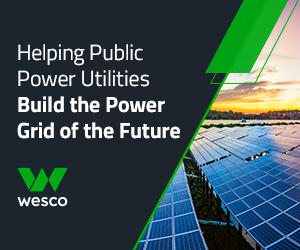In “What Makes Building Transmission So Hard?”, Cristin Lyons, who leads ScottMadden’s energy practice, talks about the critical role of financial incentives to breaking the logjam in transmission development.

Cristin Lyons: The industry as a whole is reaching consensus around the critical role that transmission plays, if we’re to meet our clean energy targets. Many of the companies who have set net zero goals talk about the need for large-scale renewables and transmission.
Despite this consensus, the environmental community is not monolithic. While many see transmission as critical to reaching clean energy goals, others oppose these projects based on environmental impacts. We’re seeing significant opposition to virtually any large infrastructure project.
If you combine environmental impacts – and organized opposition – at the local level with siting and permitting processes that are also state or local in nature, you have the potential to stymie all types of large infrastructure.
While siting transmission has always been hard, the overarching opposition to infrastructure was not as established as it is today. In the mid-2000s the focus from FERC and financial incentives enabled significant investment in the sector. In some ways, the money was enough to overcome some of the opposition.
In my view, the general consensus about the need for transmission does exist; however, state and local interests will continue to challenge these projects, whether on environmental grounds or states’ rights arguments.
PUF: The money talked. Investment shifted from other directions to here with those higher rates of return.
Cristin Lyons: Absolutely. What we’ve seen in this industry in the past is we’ll have a significant focus on, say, generation. Then it will shift to another part of system, like in the early 2000s to transmission.
In the 2010s we saw an emerging focus on distribution and grid modernization. There was a shift, but it was only one part of the industry moving at a time. Think about the world we’re living in right now. All of the electric system – generation, transmission, and distribution – needs investment to meet the goals of the clean energy transition.
The competition for capital has always existed, but it is more intense now because every part of the energy value chain requires investment. As utilities weigh these decisions, they are considering how best to deploy capital to meet a variety of needs. The returns available and the ability to build the infrastructure will matter in these decisions.
Given all of that, the question becomes: okay, how do we get the incentives right for the infrastructure needed? If transmission is agreed to be that infrastructure, how can we make it easier to plan, build, and pay for it? How do we set the right incentives to drive the needed behavior?


